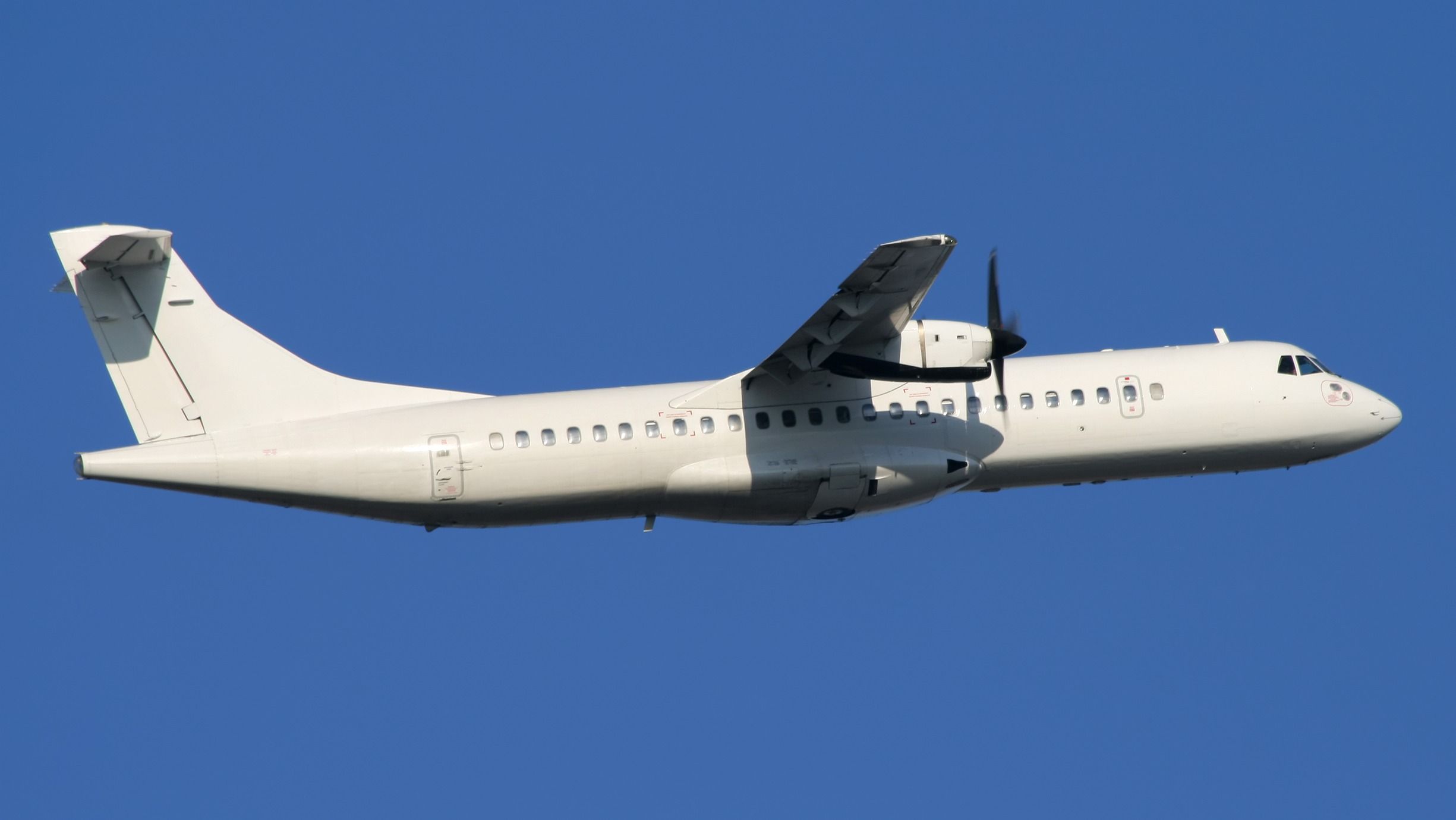Pratt & Whitney Canada's Hydrogen Combustion Technology Advancement
Key Ideas
- Pratt & Whitney Canada is testing hydrogen combustion technology on a PW127XT engine as part of the HyADES project in collaboration with Next Hydrogen Solutions and Canada's INSAT.
- The project aims to demonstrate the versatility of adapting the engine to operate with low carbon alternative fuels, supporting the shift towards hydrogen-fueled aircraft in the aviation industry.
- Next Hydrogen Solutions, with its expertise in water electrolyzer manufacturing, will enable the production of green hydrogen on an industrial scale, crucial for the development of sustainable aviation fuel.
- Pratt & Whitney Canada's involvement in the TEAME project for advanced materials research emphasizes the company's commitment to enhancing gas turbine engine efficiency through innovation.
Pratt & Whitney Canada has embarked on a significant advancement in hydrogen combustion technology by initiating tests on a PW127XT turboprop engine. This testing, part of the Hydrogen Advanced Design Engine Study (HyADES) project, will first involve fuel nozzle and combustor rig tests using hydrogen fuel, eventually progressing to full engine ground testing. Collaborating with Next Hydrogen Solutions and supported by Canada's Initiative for Sustainable Aviation Technology (INSAT), the project emphasizes the increasing viability of hydrogen as a clean fuel source in aviation.
Edward Hoskin, Vice President of Engineering at Pratt & Whitney Canada, highlighted the potential for hydrogen in regional aviation and the adaptability of the PW127XT engine to operate with low carbon alternative fuels. The project underlines Pratt & Whitney's technological leadership in this field, positioning them at the forefront of sustainable aviation development.
Next Hydrogen Solutions, with its specialization in manufacturing water electrolyzers, will play a pivotal role in enabling the production of green hydrogen at an industrial scale, addressing the industry's need for a reliable clean hydrogen source. The PW127XT engine, known for its improved efficiency and reduced maintenance costs, symbolizes Pratt & Whitney's commitment to innovation and sustainability.
Additionally, Pratt & Whitney Canada's participation in the Turbine Engine Advanced Materials for Efficiency (TEAME) project showcases their dedication to researching advanced materials for enhancing gas turbine engine components. This collaborative effort, involving the Ottawa-based Derivation Research Laboratory (DRL), signifies a holistic approach towards improving engine efficiency and performance.
The article also mentions the broader progress in hydrogen technology within the aviation sector, with companies like ZeroAvia planning hydrogen-fueled aircraft demonstrations and Airbus aiming to introduce a hydrogen-powered commercial aircraft by 2035. These endeavors collectively reflect the industry's shift towards cleaner and more sustainable aviation solutions, with hydrogen playing a central role in shaping the future of flight.
